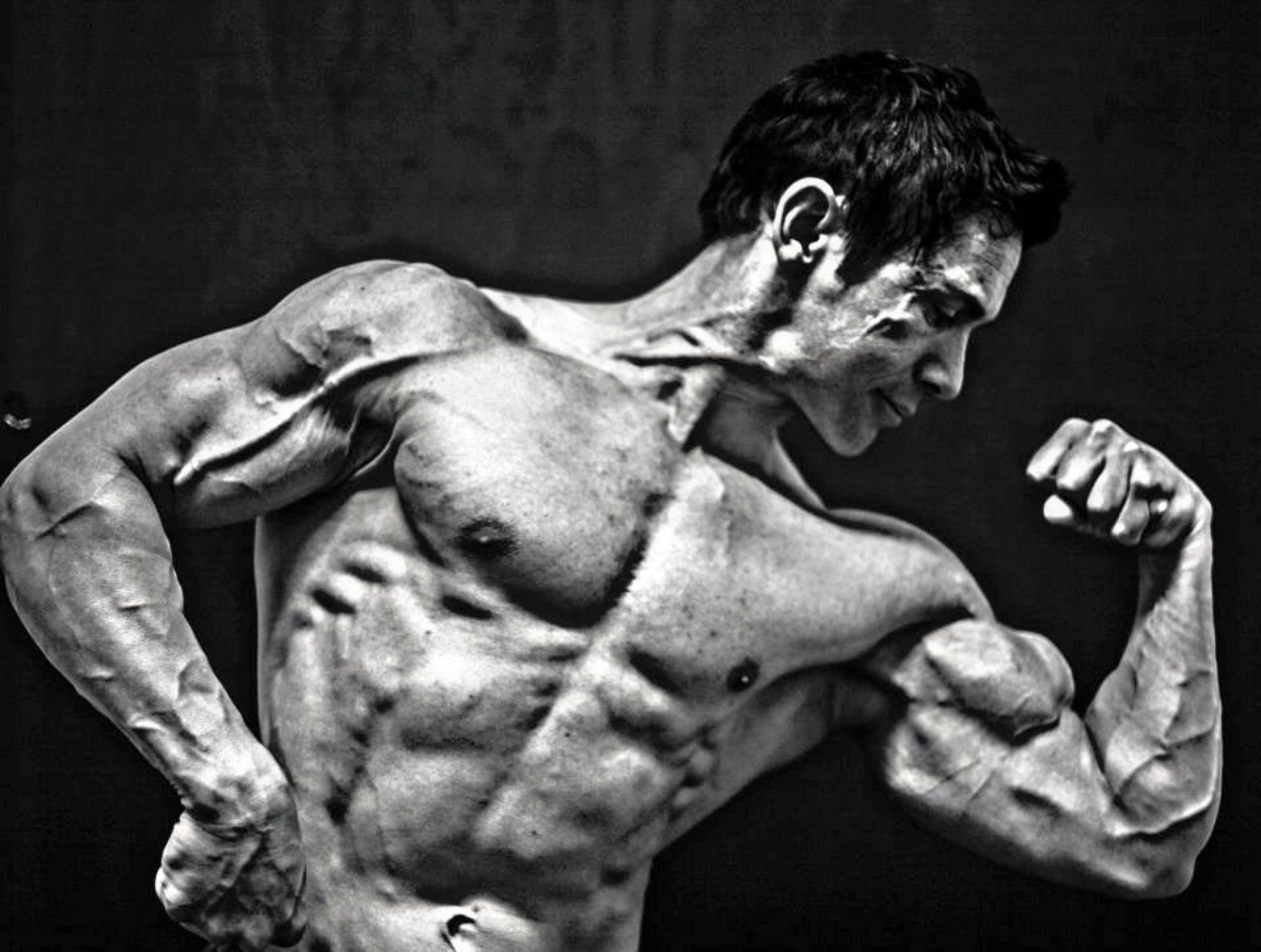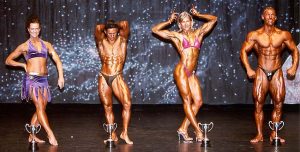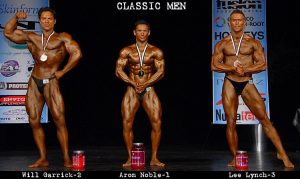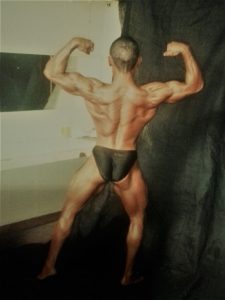As a natural bodybuilder I am very aware of the different training advice and information advocated online, in the media and in gyms around the country. What I have discovered is that there is so much information (good and bad) out there that you have to be a critical thinker and separate the Science from the Bro science.
Now before I continue I want to explain the difference between Bro Science and Science. Bro Science is the term given to ideas or principles within bodybuilding circles that are not necessarily based on scientific research yet they are perpetuated by the media, drug users or genetic freaks who grow from anything, or if they have some scientific merit the facts have been warped to suit whoever is looking to gain from it. For example common Bro science ideas I hear in regards to bodybuilding are: “You need to train 5-6 times per week”, “You need to get 3-4 grams of protein per kilogram a day to grow”, “Don’t have carbs after 4pm” or “You need to do cardio to get lean for bodybuilding competitions” to name a few.
Compare that to Science which is the search and use of knowledge and understanding of the body and how it grows by following a systematic process based on evidence. Simply put you experiment with different variables over time to determine what gives you the best outcome and in the case of bodybuilding the most muscle with the least amount of fat.
So how do we know that the workouts we are doing are the best for us? Who do we listen to and why? Consider this for a moment. Who knows your body better than anyone else? YOU DO! So the best way for you to make progress is to start with some basic training and nutrition information from credible sources and experiment in a systematic manner to determine what works the best for you.
The variables you need to consider when devising a routine are:
- Exercise selection & technique
- Frequency of training
- Duration of sessions
- Sets and repetition ranges
- Rest
- Recovery ability- affected by how much you sleep, nutrition, stress, work……….
- Age
- Past injuries
- Strengths and weaknesses in terms of muscle balance and proportion.
- Structure and leverages
- Motivation levels
Next time I will discuss how I have experimented with training to find what worked for me so that you can hopefully find you own best way to make gains. If you haven’t made progress for a while don’t spend years of your life training a certain way based on hearsay or Bro science, become your own experiment now and be happy in the knowledge that you are training in a manner that helps determine what works best for you and is actually based on real Science!



